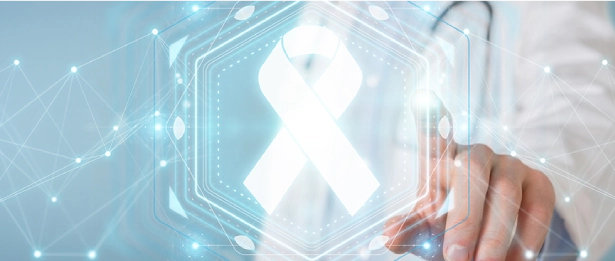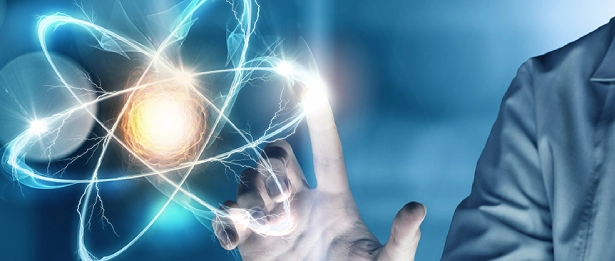Cancer Pain

Cancer pain is either continuous, intermittent, or in the form of sudden flares (sudden increasing pain - leaking pain). Leakage pain, seen in 2/3 of cancer patients, occurs especially with swallowing, coughing, defecation-micturition and movement; It is severe, short-lived and difficult to control.
Cancer Pain Treatment at Liv Hospital
The biggest concerns of patients diagnosed with cancer are; The question is 'Will I have any pain?' At Liv Hospital Pain Clinic, which aims to evaluate and follow-up patients by a pain specialist at the diagnosis stage, patients can easily reach the pain specialist when their pain begins.
Cancer Pain Treatment Procedures
While the probability of pain in a cancer patient is 38 percent in the early stages, this rate can reach 85 percent as the disease progresses and may impair the quality of life. Although this pain complaint is directly related to tumor invasion and compression, it is 17 percent due to tumor treatment), 9 percent related to tumor disease, and 9 percent due to non-tumor causes (migraine, diabetes). Both somatic pain and neuropathic pain may be observed in tumor patients.
At Liv Hospital Pain Clinic, injection treatments are applied in addition to the patient's basic medical treatment. In our clinic; For successful pain treatment in cancer patients, patient-oncology-algology-patient relatives cooperate.
Celiac Nerve Block
One of the methods used to alleviate pain in cancer patients is the destruction of the nerves in the pain-related areas. This way, the nerves are unable to transmit pain signals to the brain as effectively, leading to a reduction in the patient's pain. One of the most commonly applied nerve block techniques is the celiac ganglion block. The celiac ganglia are regions where nerves from many of the organs within the abdomen converge. Nerves from the esophagus, liver, spleen, pancreas, gallbladder, kidneys, and small intestines merge in this area, located between the mesenteric and celiac arteries. Destroying the celiac ganglia is a highly effective method for completely eliminating or significantly reducing pain in patients experiencing pain in these regions.
.webp)

